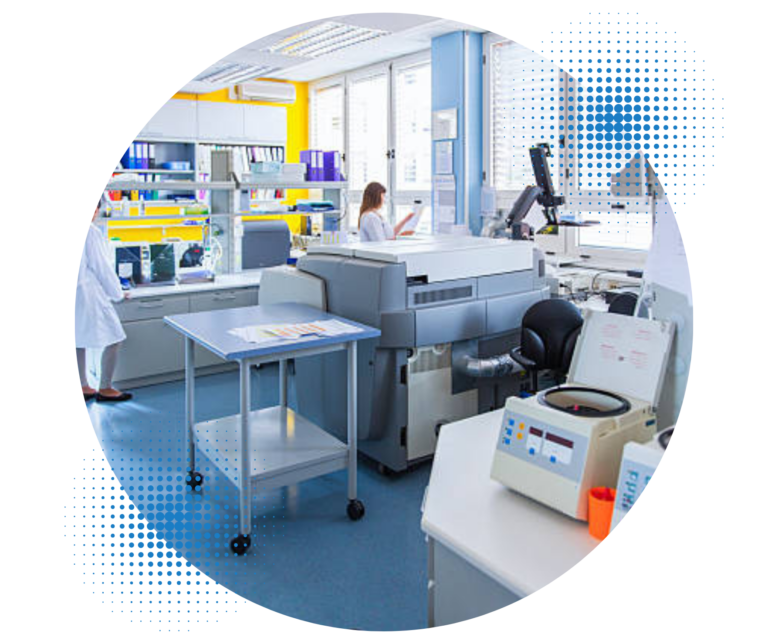Glass Inner Surface Analysis
USP 1660 is a chapter designed to explain glass delamination and offer a set of tests that companies can use to prevent glass delamination events or detect them before drug products are recalled. USP 1660 outlines a screening study with three specific parameters. The first parameter for screening is the inner surface of the glass container.
Gateway to Glass Safety: Superior Surface Analysis
When companies do not conduct early screening or provide enough samples to achieve a robust screening study, the risk of experiencing a glass delamination event increases. Gateway Analytical recognizes the complexities and challenges of conducting thorough glass delamination screening. Our expertise in this area can guide you through the process, ensuring your screening study is robust and reliable. If you have any questions or concerns about conducting glass delamination screening, please don’t hesitate to contact Gateway Analytical today.

Our approach isn't just about meeting standards; it's about setting them
The glass inner surface test evaluates the degree of surface pitting or the chemical composition as a function of depth. Differential interference contrast microscopy (DIC Microscopy), electron microscopy (EM), or secondary ion mass spectrometry (SIMS) are used for testing this parameter.
The assessment results provide insights into the degree of surface degradation of the glass container. The degree of surface degradation can vary between containers of the same lot or those from separate lots.
Early-Phase Development
Container Closure
Integrity Testing
Particulate
Analysis
Medical Device
Analysis
Extractables
& Leachables

Covering every stage of the drug development journey with our state-of-the-art, FDA-inspected, cGMP-compliant facilities designed to minimize bottlenecks and maximize success.
